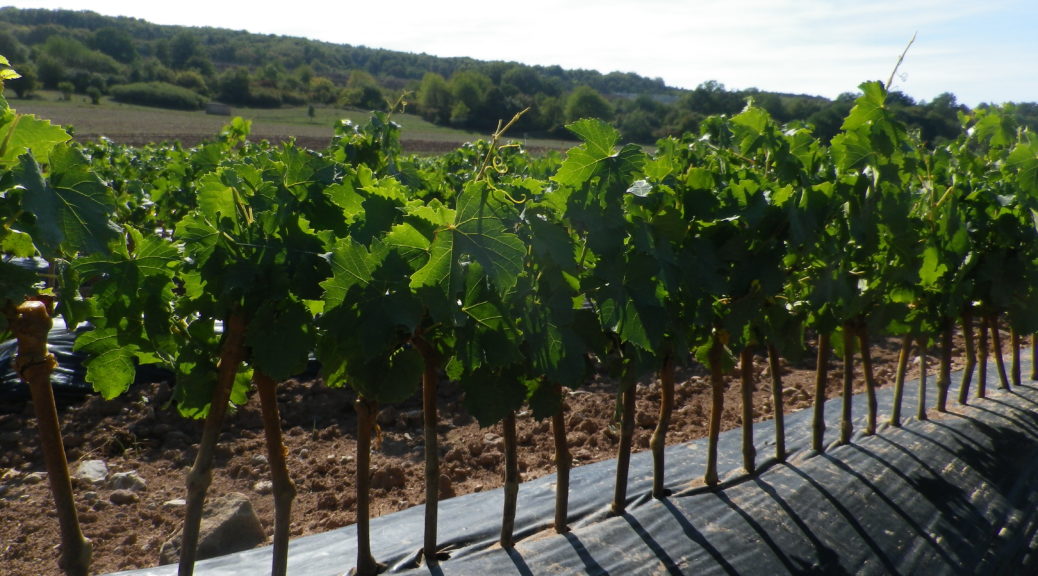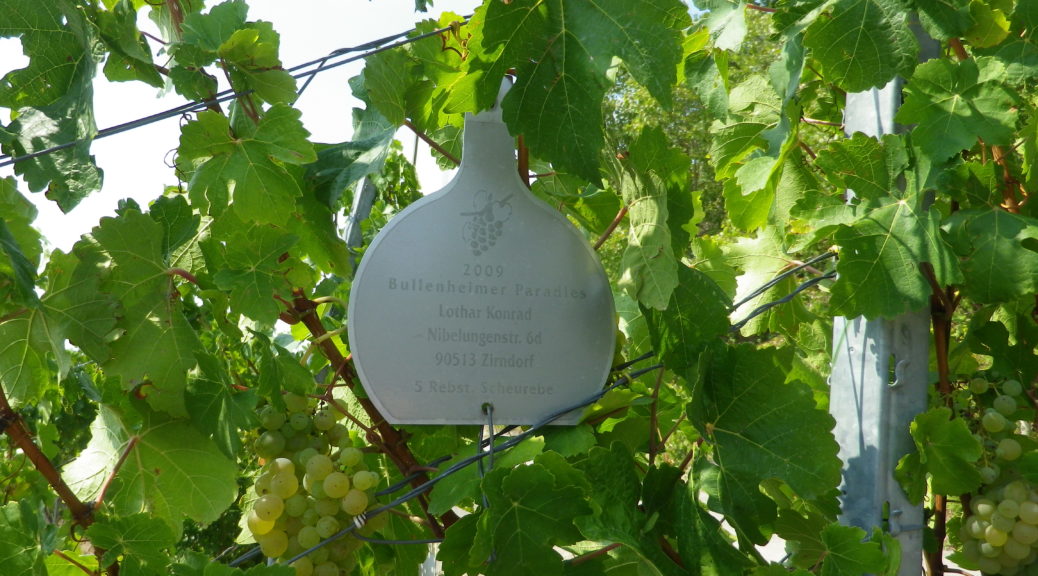What I Learned
Baden and Wuerttemberg, formerly two different principalities, joined in 1952 to become one state in the Federal Republic of Germany. However, the Baden wine region and the Wuerttemberg wine region remain distinct. (There is no such thing as a Baden-Wuerttemberg wine region.) But in the northern-most corner of the old Baden, and west of Wuerzburg in the far western corner of Bavaria, two wine regions, the Franken and the Baden, meet to form a complex mosaic of wine districts and famous growths. The Schoppen Radweg bicycle trail took me through the vineyards of these regions from the Wertheim am Main to Marktheidenfeld, Erlenbach bei Marktheidenfeld and along the Main River to Homburg am Main.
Franconian Terroir:
The Franken region has three zones, the Steigerwald, the Maindreieck (Main Triangle), and the Mainviereck (Main Rectangle). Both the latter two lie along the Main River, but geologically they are very different terroir. Shell limestone soils predominate in the Maindreieck, and results in very different wines from wines grown in the red sandstone of the Mainviereck. The small area around Marktheidenfeld and Homburg am Main lies in between these two Franconian wine districts, and the soils reflect its position between the two. The best vineyards in this district face the Main River as it twists south yet again. The most prized vineyards are the Kallmuth by Homburg am Main, and the Lengfurter Oberrot (The rot (red) referring to the red sandstone of the Mainviereck that begins to appear here along with the shell limestone of the Maindreieck.) This small area produces both red and white wines: Pinot Noir, Pinot Blanc and Silvaner being especially popular here.
Baden Terroir:
The Baden wine district here (one of nine in the Baden wine region) forms part of the Tauberfranken district (even though it is not along the Tauber River here). The vineyards face south, along the small valley of the Aalbach, as it heads toward the Main. The Tauberfranken district produces primarily white wines, with Mueller-Thurgau leading in amount.
What I Tasted
2016 Spaetburgunder, Lengfurter Oberrot, QbA, Trocken, Weinhaus Frank: A dry red wine with medium red plus ruby red color; a nose of vanilla, blackberry and cherry; with oak, vanilla and cherry flavors; medium tannins, with a smooth finish.
2016 Silvaner, Homburger Kallmuth, QbA, Trocken, Weingut Blank: A dry white wine with medium gold color; a fruity and slightly mineral nose, with slight vanilla, nutmeg, and white peach flavors; medium plus acidity with a green apple finish.
2017 Weisser Burgunder, Homburger Kallmuth, Kabinett, Trocken, Weingut Huller: A dry white wine with dark minus yellow gold color; a fruity nose with hints of peach, gooseberry and citrus; with flavors of tangy green apple, and ripe red apple; medium minus acidity.

